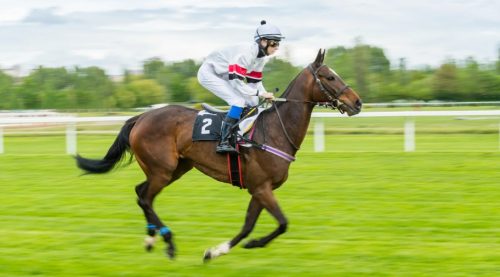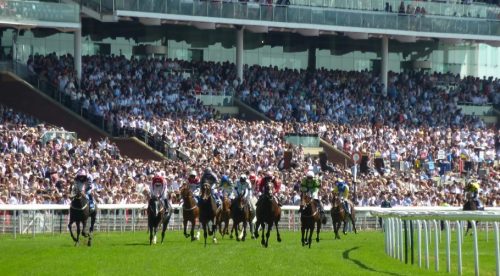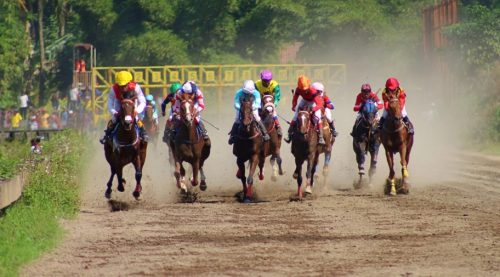The sport of horse racing continues to thrive in the UK, with 59 racecourses operating throughout the year across the two codes (Flat and Jumps). Wider interest intensifies around the major events such as Royal Ascot, Cheltenham Festival and Grand National.
Here is a look at the profitability of the horse racing sector and the avenues that produce revenue for the sport.
What Are the Profitability of the Horse Racing Sector in the UK?
Media Rights
With multiple fixtures almost 365 days of the year, horse racing has a great product to sell to the media. Their main revenue comes from media rights in the UK.
Naturally, their most profitable fixtures are the big events like the Cheltenham Festival, which takes place over four days in March.
The most lucrative deal for media rights is the one ITV signed to show exclusive terrestrial coverage of the sport.
They broadcast all the big events, including every Saturday afternoon. This is not only a big boost financially to horse racing, but the exposure on terrestrial TV helps the sport gain new fans.
Sky Sports Racing and Racing TV are two dedicated horse racing channels that share the rights to the 59 racecourses across the year.
Media rights are also sold to some of the leading bookmakers around the world. They show races in their brick-and-mortar betting shops and on their apps and websites.
Horse Ownership

Without owners, the sport of horse racing would not exist. Their involvement is critical, not just to ensure there are racehorses to compete on the track, but their financial input is vital to fund the sport.
There are two types of ownership available in horse racing. The first is to become a sole owner who purchases a horse themselves and then funds the annual cost for the trainer to look after it.
The second option is through a syndicate, where racehorse ownership is spread across multiple people and achieved through purchasing shares in a horse. With shares starting from £34, the latter is a much more affordable way to get involved with the sport with less physical commitment.
In horse racing, the main owner is responsible for the cost of entering a race and transporting the horse to a racecourse.
Any prize money won by the horse goes the owner’s way (pending deductions for the riders and trainer), and this can be quite lucrative if it is one of the major races on the calendar.
In Person Attendances

In 2024, British racecourses recorded a combined attendance of 4,799,730. It was a decline from the 4,833,944 in 2023, but it was still an impressive number.
Royal Ascot and the Derby at Epsom, both held in June, saw an increase in their attendance in 2024, an encouraging sign for the sport.
Each racecourse sets the ticket prices for their venue, with the premier courses such as Ascot, Aintree and Cheltenham charging the most for their fixtures. Tickets can be purchased in advance or on the day of the meeting.
All racecourses also offer hospitality packages at their racecourses, which can prove very profitable. They hire out private boxes in their main grandstands, while some even have restaurants on site that cater to fine dining.
With the demand for quality food at many sporting events now, the top-quality restaurants are often full throughout the year.
Like all sports, horse racing continues to look for ways to adapt and how they can increase the numbers involved. Their future profit line may well depend on how successful they are at doing that.






































